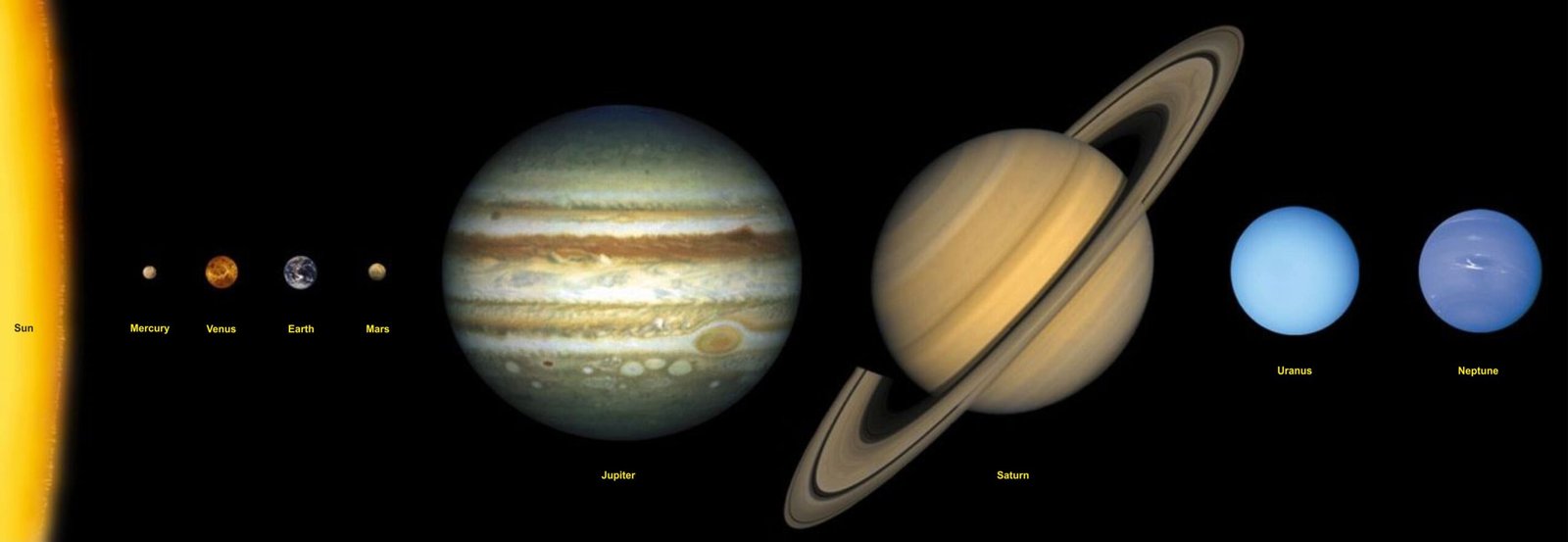
Eight planets in the Solar System
- Four inner rocky planets (Mercury, Venus, Earth and Mars) and four outer gas planets (Jupiter, Saturn, Uranus and Neptune).
o - all the planets; except for Mercury and Venus, have at least one moon and altogether there are at least 288 moons in the Solar System.
| Mercury | 0 moon |
| Venus | 0 moon |
| Earth | 1 moon |
| Mars | 2 moons |
| Jupiter | 95 moons |
| Saturn | 146 moons |
| Uranus | 28 moons |
| Neptune | 16 moons |
oooo
Solar Ecliptic
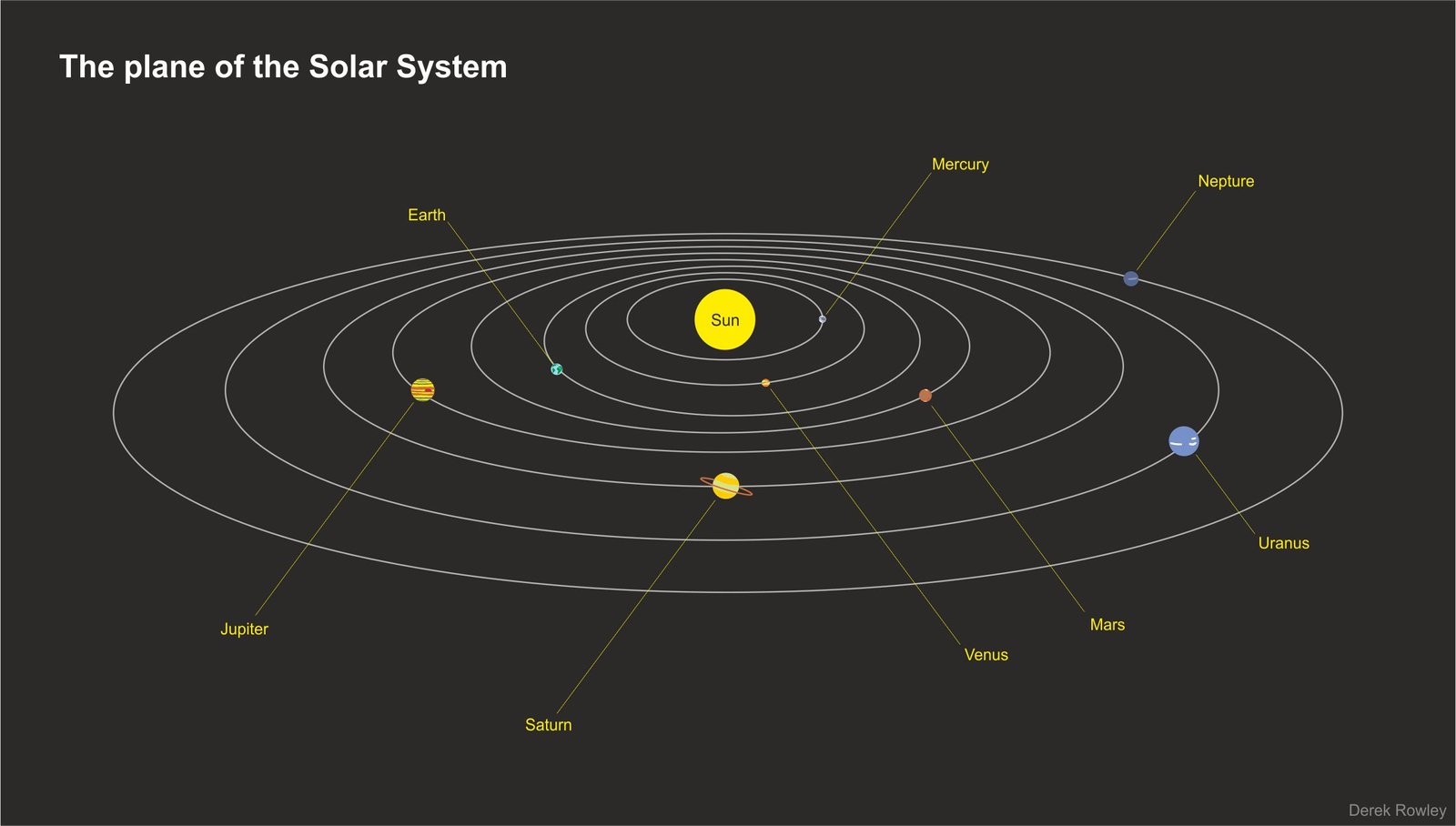
- planets following nearly circular orbits around the Sun and they all lie in the same plane – known as the solar ecliptic.
o
oooo
Asteroid Belt
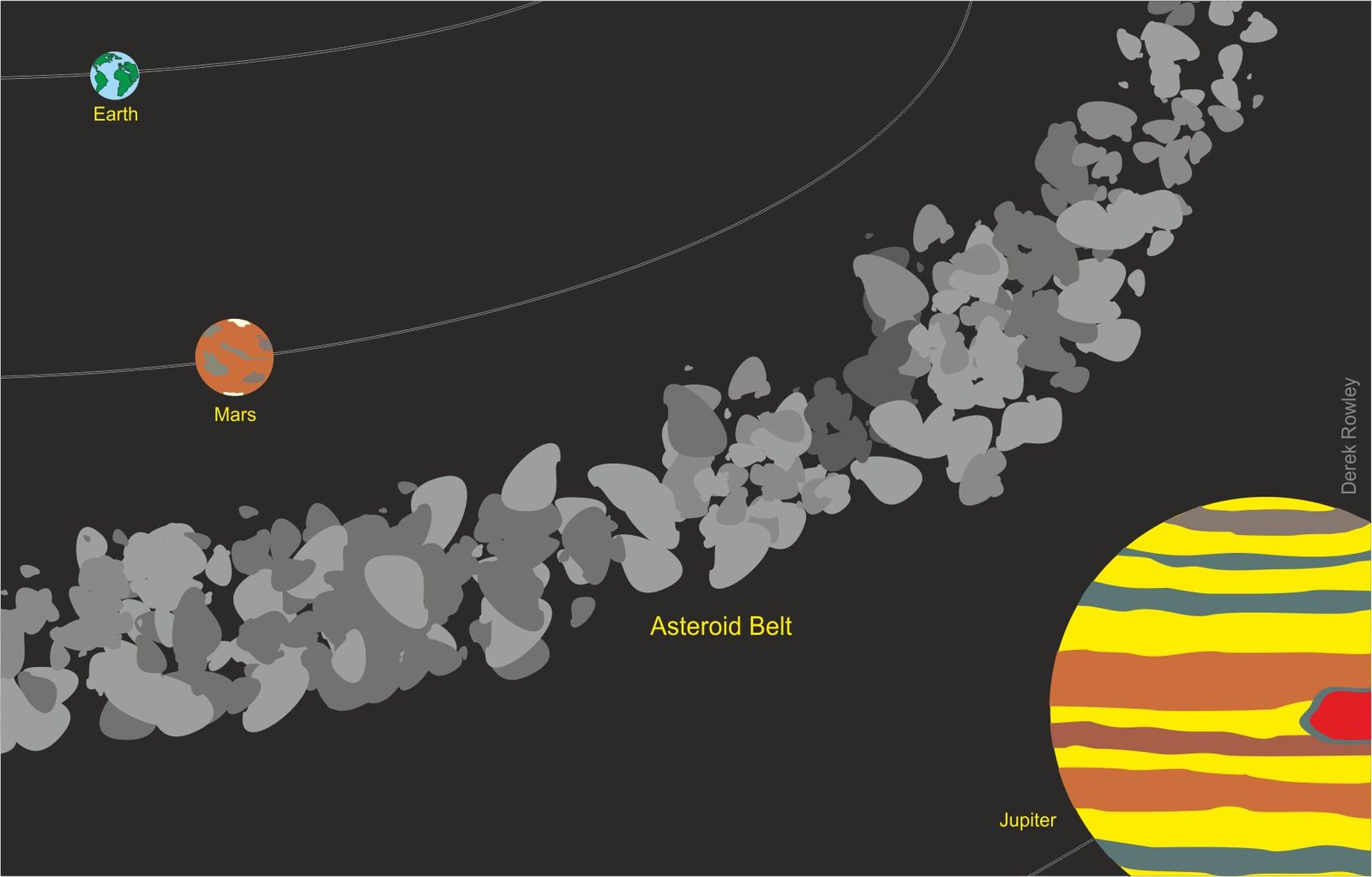
- inner and outer planets are separated by the Asteroid belt – many thousands of asteroids; some of them are more than 600 miles in diameter.
o
o
oooo
Moons of our Solar System
- all the planets; except for Mercury and Venus, have at least one moon and altogether there are at least 288 moons in the Solar System.
oooo
oooo
Pluto
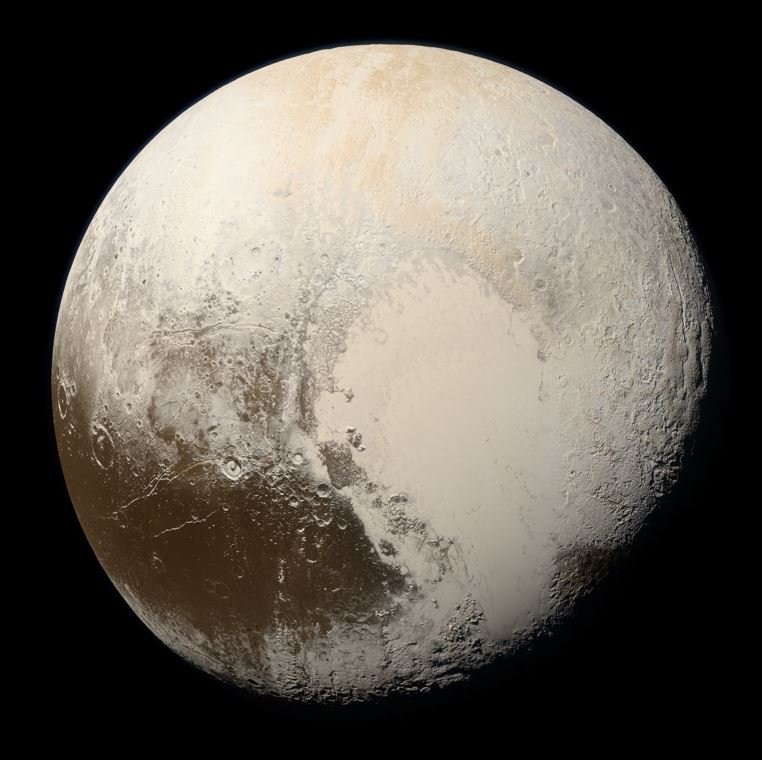
- Pluto used to be considered a planet, but in 2006 it became officially designated as a planetoid along with some asteroids and Kuiper Belt objects.
o - Kuiper Belt – disc shaped region of space located 30 to 100 AU (Astronomical Unit) from our Sun; Kuiper Belt contains numerous orbiting objects ranging from 30 to 1,250 miles in diameter.
o0
oooo
Oort Clouds
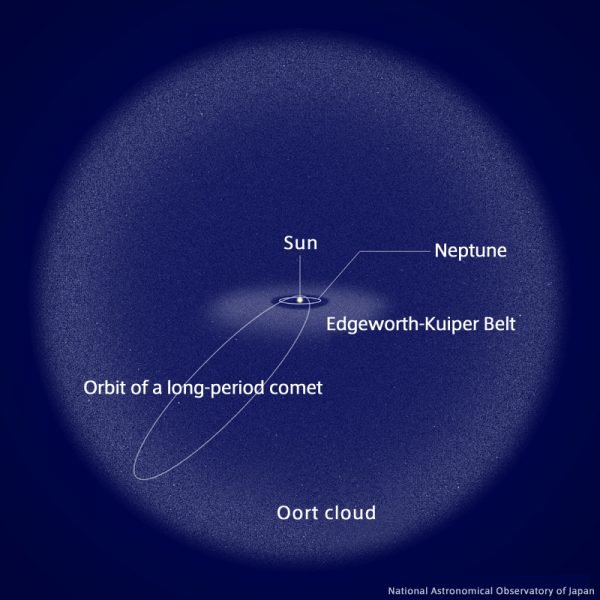
- a spherical region of space that extends between 10,000 and 20,000 AU from our Sun, the Oort Cloud contains an estimated 1,000 billion comets!
o - all long -period comets are though to come from the Oort Cloud surrounding the Solar System.
o - the outer edge of the Oort Cloud (the edge of the Solar System) is about halfway to the nearest star – Alpha Centauri.
o - I write here this page to name “Our Solar System” because there may well be surrounded by other each stars own comet cloud – known as “Debris Disk“; by 2001, over 900 stars had been found to have debris disk surrounded it. (They are usually discovered by examining the star system in infrared light and looking for an excess of radiation beyond that emitted by the star by Hubble Space Telescope.)